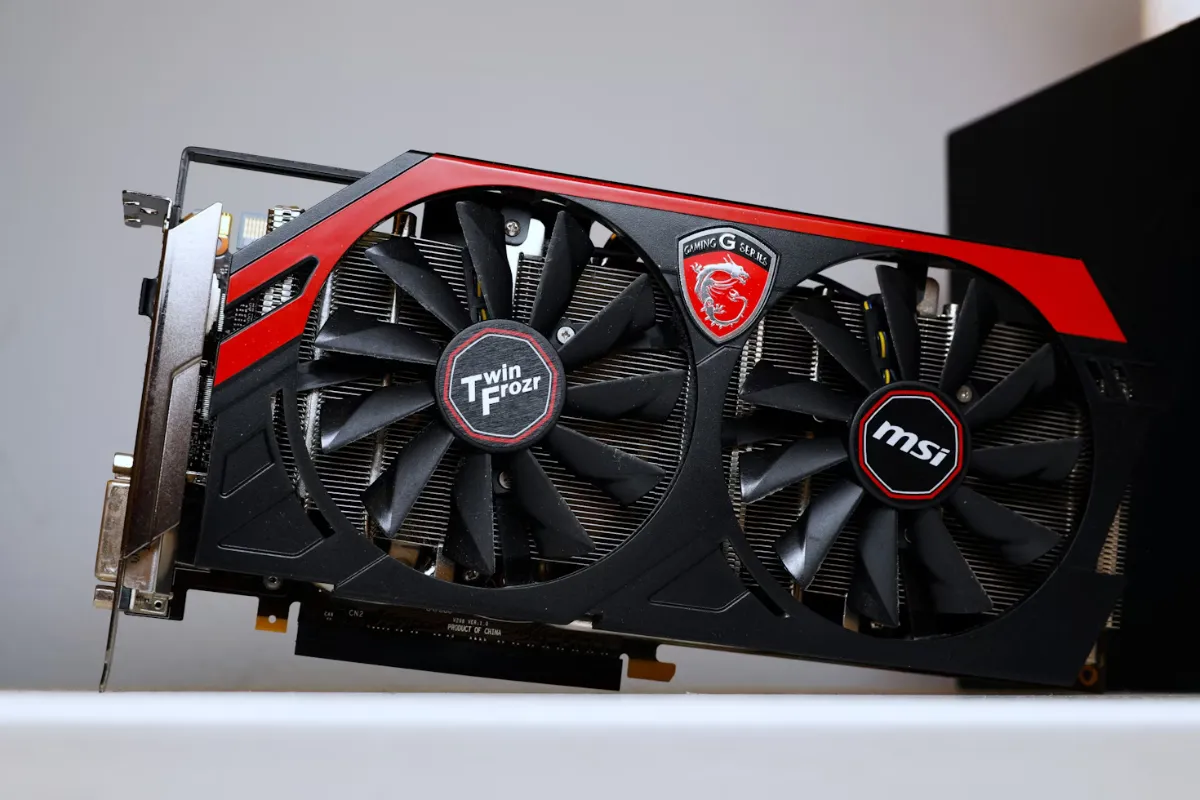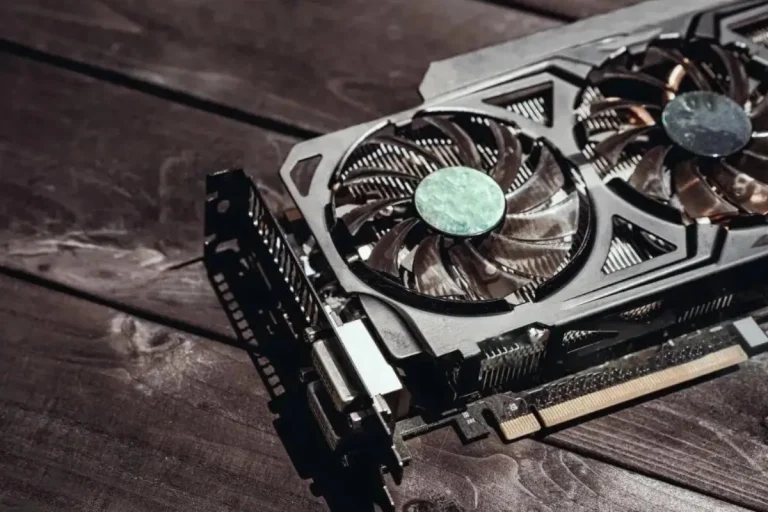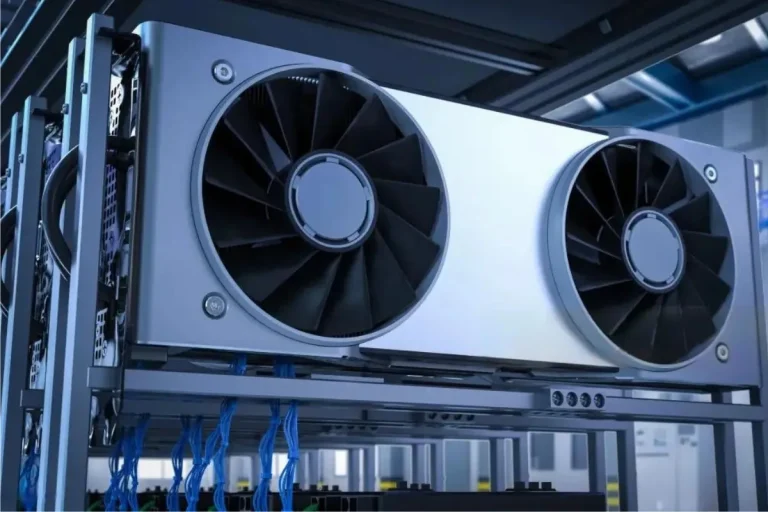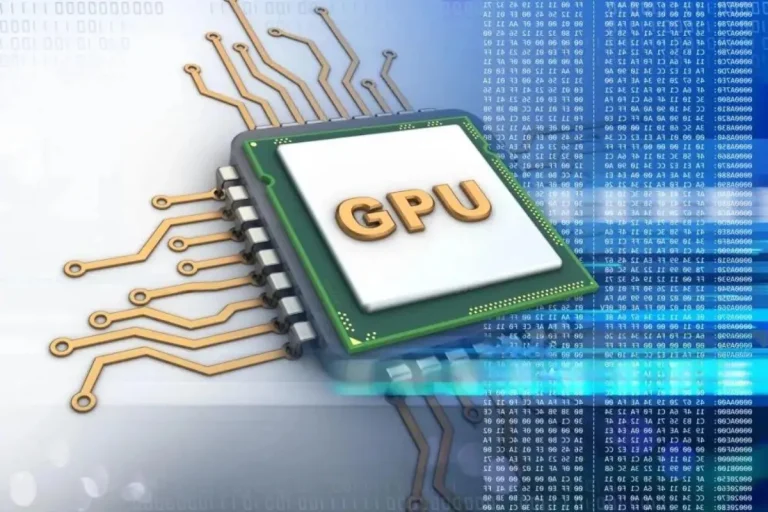How many GPUs can a motherboard support?
Ever wondered how many graphics cards your motherboard can handle? Brace yourself as we unravel the secrets of GPU compatibility. From gaming to graphic design, we’ll explore the limits and considerations for multiple GPUs, helping you unleash the full potential of your system. Let’s dive into the world of GPU power!
Determining GPU Support on Your Motherboard
When it comes to determining the GPU support capabilities of your motherboard, there are several reliable methods you can employ. By following these steps, you can ensure that you make an informed decision and avoid any compatibility issues.
Checking the Motherboard Specifications and Documentation
Start by referring to your motherboard’s specifications and documentation. These resources provide valuable insights into the number of PCIe slots available and the supported GPU configurations. Look for information on the maximum number of GPUs that can be installed and any specific requirements or limitations.
Researching Online Resources and Forums
Expand your knowledge by delving into online resources and forums dedicated to PC hardware. Community-driven platforms often have discussions and threads related to specific motherboard models.
Look for experiences shared by users who have successfully used multiple GPUs with your motherboard or similar models. This firsthand information can provide valuable insights and help you gauge the compatibility of your desired GPU setup.
Utilizing Manufacturer Support Channels
When in doubt, don’t hesitate to reach out to the motherboard manufacturer directly. Manufacturers typically have support channels, including forums, email support, or live chat, where you can seek accurate information regarding GPU compatibility.
They can provide specific details, clarify any doubts, and offer guidance based on your motherboard model.
Overcoming Limitations and Expanding GPU Support
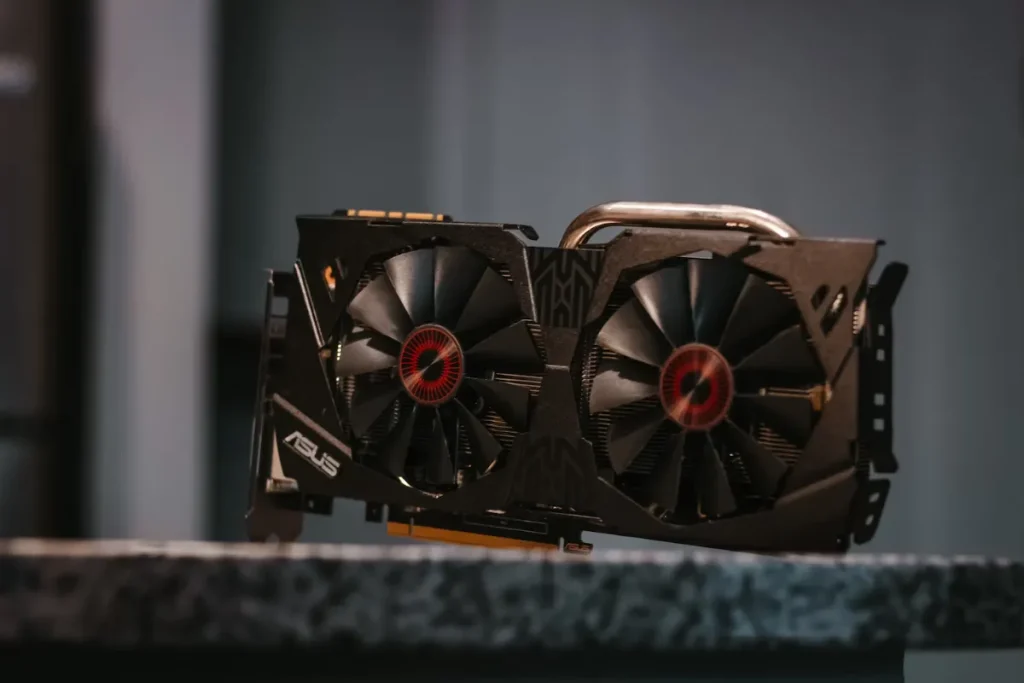
When your motherboard’s native GPU support falls short of your requirements, fear not! There are various solutions available to help you overcome limitations and expand the GPU support on your system. Let’s explore some of these options:
Exploring Options for Using PCIe Extenders or Riser Cards
One way to increase GPU support is by utilizing PCIe extenders or riser cards. These handy devices allow you to connect additional GPUs to your motherboard by extending the reach of the PCIe slots. By using these solutions, you can overcome physical limitations and expand your system’s graphics capabilities.
Upgrading the Motherboard to Support More PCIe Slots
If you’re looking for a more permanent solution, upgrading your motherboard might be the way to go. By selecting a motherboard with more PCIe slots, you can accommodate multiple GPUs without the need for additional hardware.
However, keep in mind that upgrading the motherboard may involve reinstalling components and potentially reinstalling the operating system.
Considering Alternative Solutions like External GPU Enclosures
For those seeking flexibility, external GPU enclosures offer an intriguing option. These enclosures connect to your system via Thunderbolt or USB-C ports, allowing you to add extra GPUs externally. This is particularly useful for laptops or compact systems that lack the physical space or expansion slots for additional GPUs.
Best Practices and Recommendations
When it comes to setting up a multi-GPU system, following best practices and recommendations can ensure optimal performance and longevity. Here are some key considerations to keep in mind:
Ensuring Proper Cooling and Airflow in Multi-GPU Setups
Multiple GPUs generate substantial heat, which can impact performance and even cause hardware damage if not properly managed. Ensure that your system has adequate cooling solutions, such as fans or liquid cooling, to maintain optimal temperatures.
Proper airflow within the case is crucial, so organizing cables and positioning GPUs to maximize airflow is essential for keeping temperatures in check.
Choosing GPUs with Similar Performance Levels for Optimal Performance
To avoid potential bottlenecks and performance inconsistencies, it is recommended to choose GPUs with similar performance levels for multi-GPU setups. Mismatched GPUs may result in one GPU significantly outperforming the others, limiting the overall efficiency of the system.
Similar performance levels ensure that the workload is evenly distributed, maximizing the potential of each GPU.
Regularly Updating Motherboard BIOS and GPU Drivers for Compatibility
To ensure compatibility and stability, it is crucial to keep your motherboard BIOS and GPU drivers up to date. Manufacturers often release updates that address compatibility issues, improve performance, and introduce new features.
Regularly checking for updates and installing them can help optimize your system’s performance and ensure smooth operation.
Frequently Asked Questions
1: How many GPUs can I install on a standard motherboard?
It depends on the specific motherboard model. Some motherboards have multiple PCIe slots, allowing for the installation of multiple GPUs. However, it’s crucial to check the motherboard’s specifications to determine the exact number of GPUs it can support.
2: Can I install as many GPUs as I want on any motherboard?
No, not every motherboard can support an unlimited number of GPUs. Each motherboard has a maximum number of PCIe slots, which determines the number of GPUs it can accommodate. It’s essential to choose a motherboard that offers enough slots to meet your GPU requirements.
3: Can I add more PCIe slots to my motherboard to support additional GPUs?
Unfortunately, it is not possible to add more PCIe slots to a motherboard. The number of PCIe slots is determined by the motherboard’s design and cannot be expanded or modified. If you need more GPU support, you may need to consider upgrading to a motherboard with more PCIe slots.
4: Can I use PCIe extenders or riser cards to add more GPUs to my motherboard?
Yes, PCIe extenders or riser cards can be used to connect additional GPUs to your motherboard. These devices extend the reach of the existing PCIe slots, allowing you to install more GPUs.
5: Are there any alternative solutions to add more GPUs to my system if my motherboard has limited support?
Yes, there are alternative solutions available. One option is to use external GPU enclosures, which connect to your system via Thunderbolt or USB-C ports. These enclosures allow you to add extra GPUs externally, providing additional graphics processing power.
Conclusion
The number of GPUs a motherboard can support depends on its specific design and the number of available PCIe slots. It’s essential to check the motherboard’s specifications before purchasing to ensure it meets your GPU requirements.
